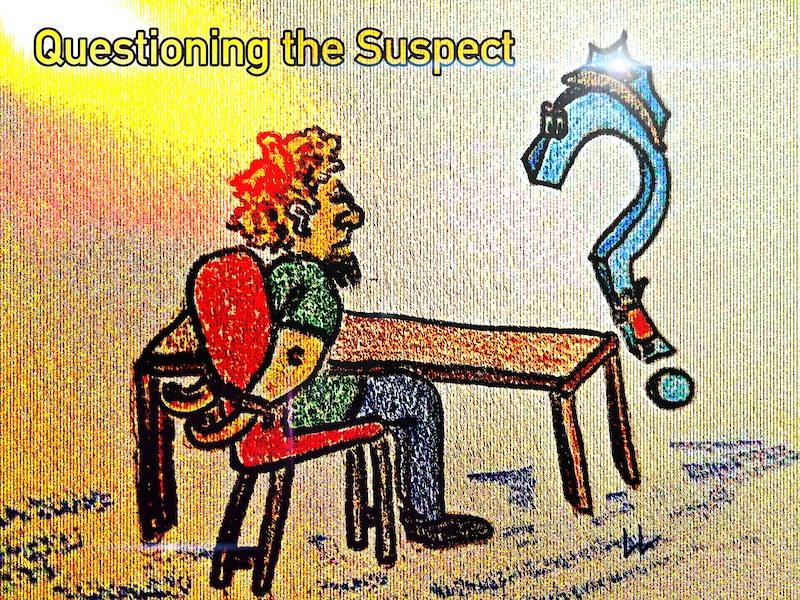Today I’d like to take a moment to recognize some of the people who work tirelessly behind the scenes of this blog. Yes, this site has tons of moving parts that require many creative minds and many hands to turn the dials, push the buttons, and flip the switches. So without further ado …
Cap’n Rufus “Peanut” Jenkins is in charge of our patrol division. It is he who offers details of traffic stops, responses to various types of calls, training information, etc. His teams also provide security in and around our property.
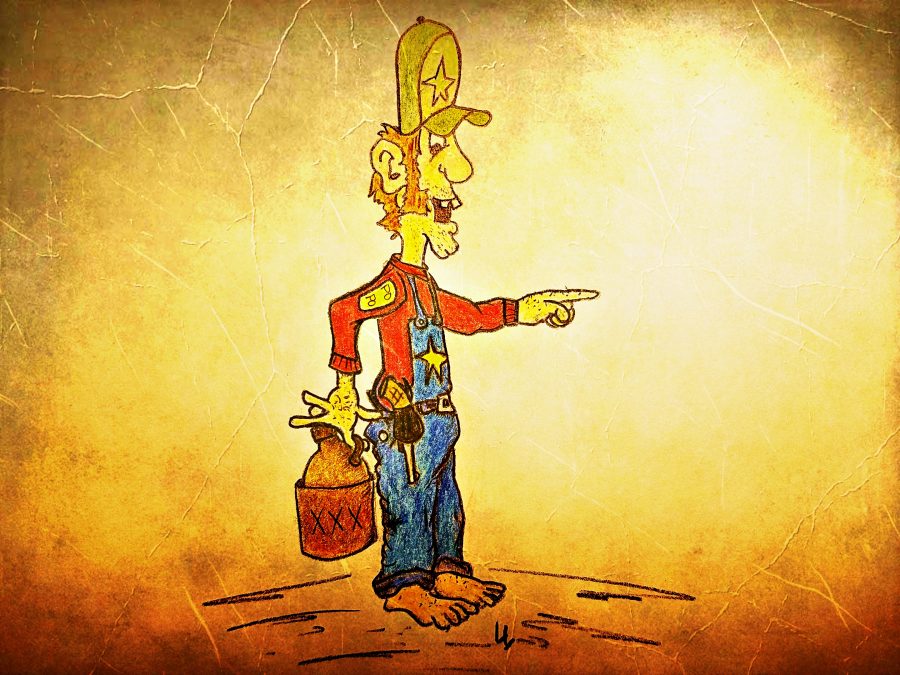
Cap’n Rufus “Peanut” Jenkins
Our two sharp-dressed cops, Rusty and Willie, provide backup during all dangerous situations that may occur during the writing of blog articles.

Sharp-dressed cops Rusty and Willie,
Our in-the-field reporter, Jerry “Fake News” Journalyss.
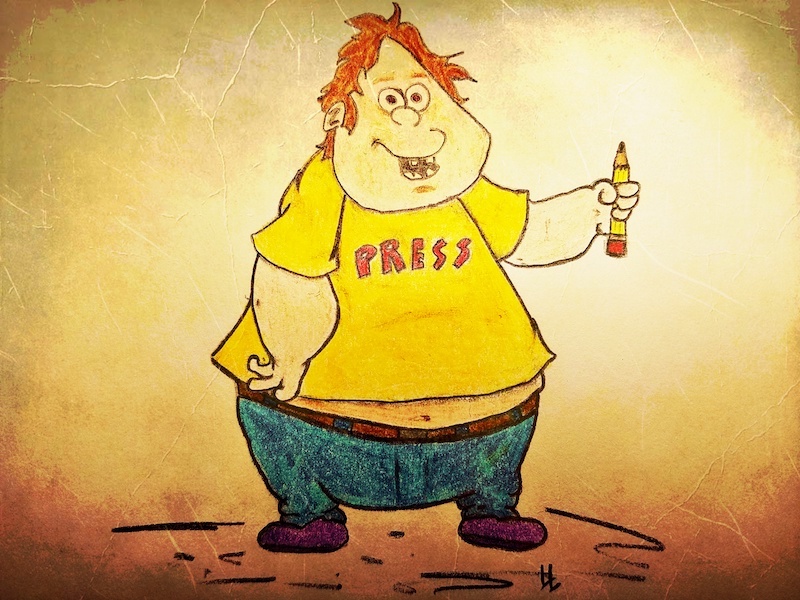
Jerry “Fake News” Journalyss.
Animal Control Officer Chuck “The Chicken” Davis handles all calls involving runaway animals, cases of animal abuse, chicken theft, and more.

Animal Control Officer Chuck “The Chicken” Davis
Third Shift Watch Commander, Lt. L. Arge Rat.
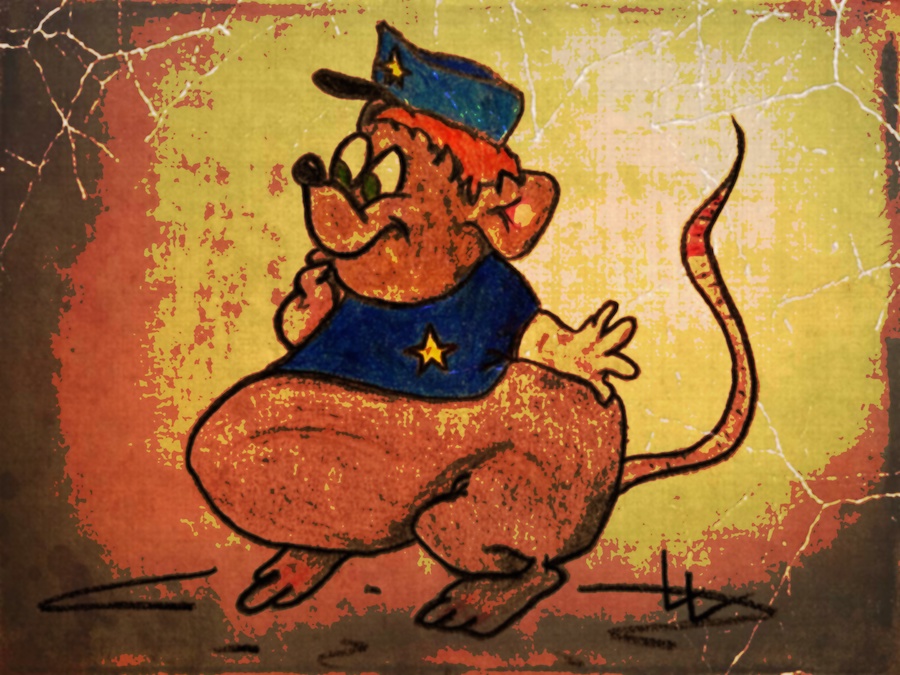
Lt. L. Arge Rat
Larry “The Knife” Johnson, a master of disguise, plays the parts of a few bad guys on the site.

Larry “The Knife” Johnson
Paulie “The Painter” appears as himself.
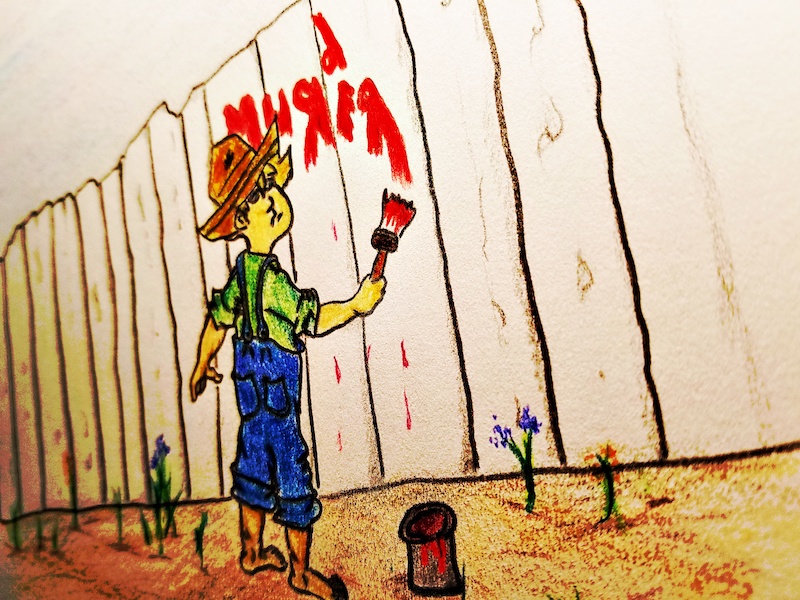
Paul the Painter
Bad Breath Bill played himself during an article about edged weapons. Larry “The Knife” Johnson joined him in the post.

Bad Breath Bill
Major Mechanical serves as Chief Deputy.
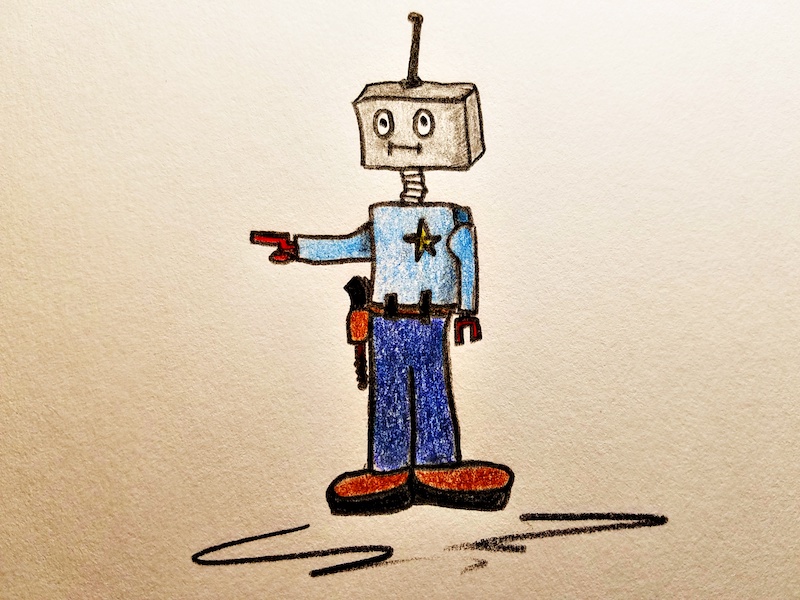
Major Mechanical
O-R3 and Running Bad Guy, a regular on the site, teamed up to teach us about crime-fighting robots.
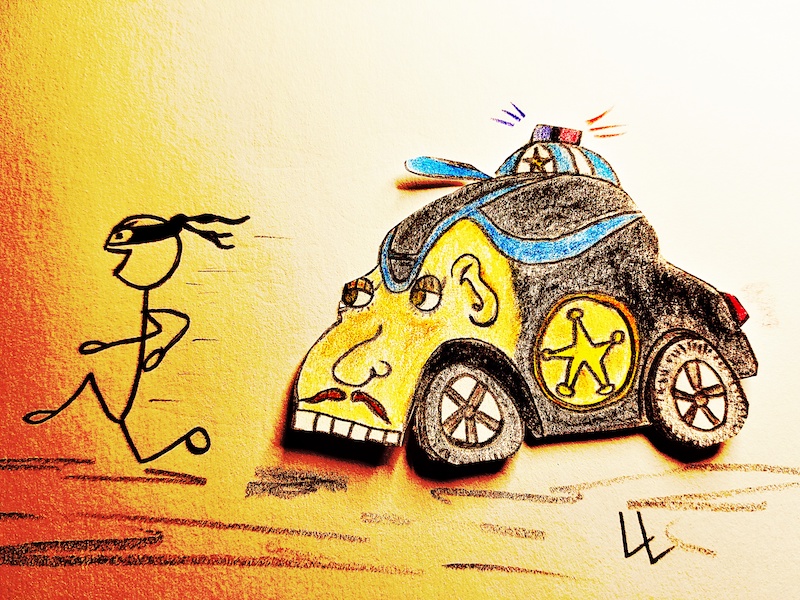
O-R3 and Running Bad Guy
Facilities manager, Rosie, maintains a clean website—no profanity and no discussions of hot-button issues, such as politics, race, religion, etc.
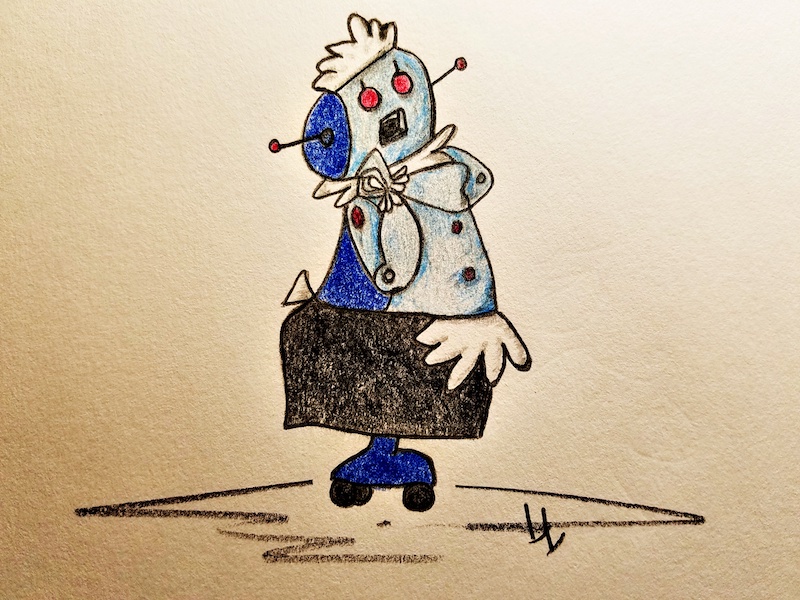
Rosie
The Man in the Moon supervises the daytime operations of Graveyard Shift.

Man in the Moon
For some reason, and we don’t know why, this weasel pops in from time to time.

Weasel “popping”
Today, nothing and no one are safe from scandal. These two, Betty and Billy, for example, have been at it for quite a while now. We’ve threatened to fire them but they cannot seem to control their emotions.
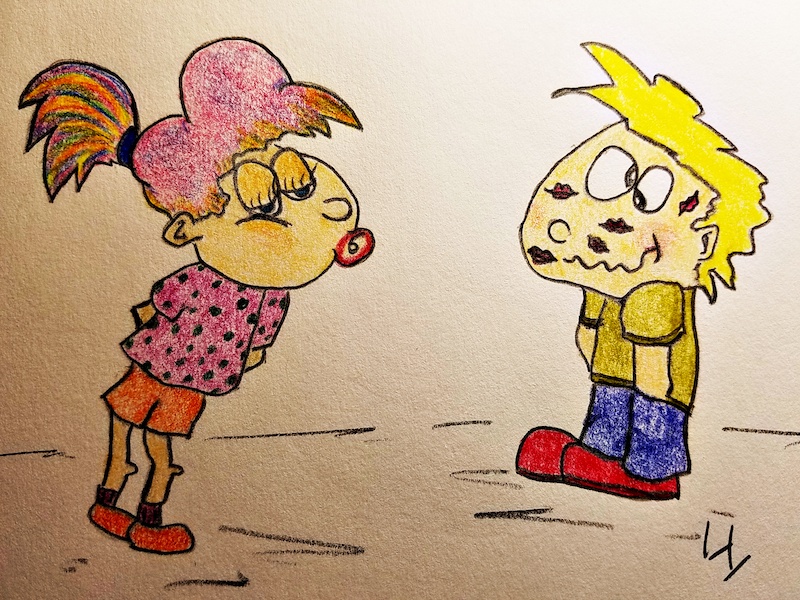
The “pucker factor” sometimes causes strange reactions.
Harry “Hot Sauce” McGee is our resident expert on non-lethal weapons.
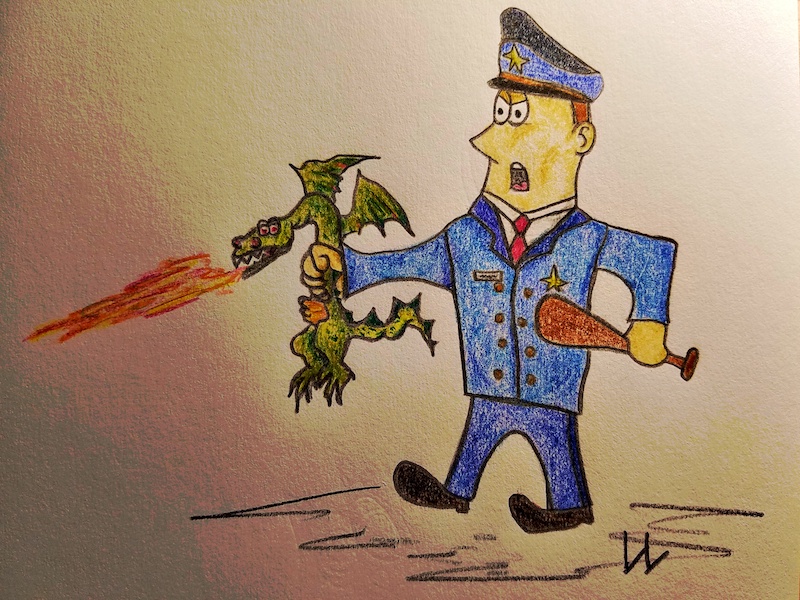
Harry “Hot Sauce” McGee delivers the “Juice”
“The Hand” appears throughout the site. Here we see him demonstrating the proper procedure for “drawing” a gun.
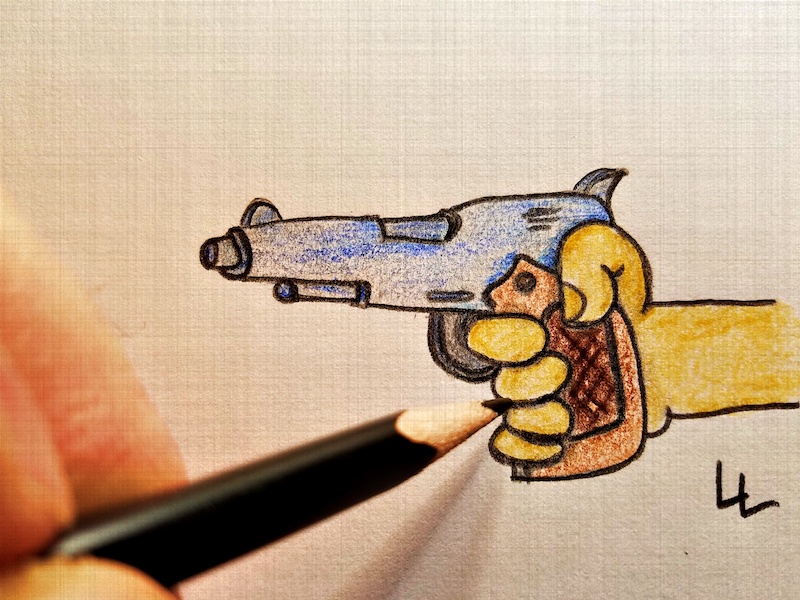
“Drawing” a service weapon
As a precaution, we routinely sweep the site for things that go boom, and other hazards. Here we see Beauregard the Bomb Dog doing what he does best.
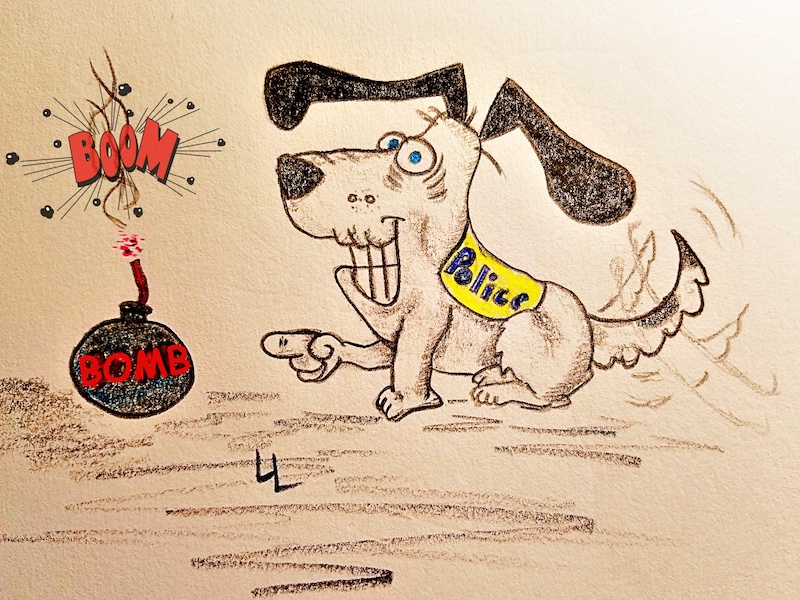
Beauregard the Bomb Dog
To teach us about Rigor and Livor, the Mortis Twins, we brought in world-renowned death expert Frankie Stein.

Frankie Stein
Our aquatics experts, Dewey D. Duck and Ronnie Raft.

Dewey D. Duck (upper right) and Ronnie Raft (lower left, bottom, sides, and rear).
Dewey’s 1st cousin, “Three-Eye” is our resident surveillance expert.

Three-Eye
Guarding us around the clock is Police K-9 Sha-Key. Never felt safer in my life.
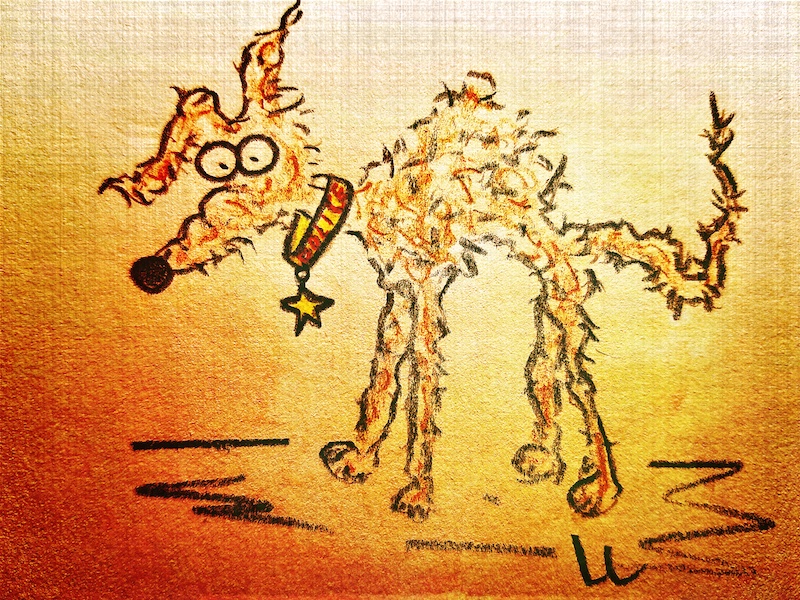
K-9 Sha-Key
Tommy Turtle and Tiny Tom are on-hand to detail the effects of bioterrorism.

Tommy Turtle and Tiny Tom
Skeeter Simpson teaches us about bloodstain patterns.
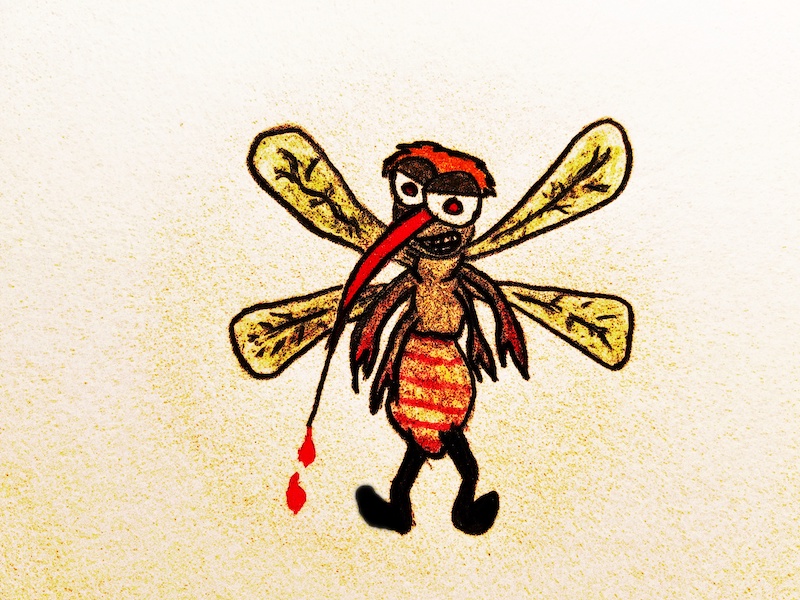
World-renowned bloodstain pattern expert Skeeter Simpson
Of course, to maintain the grounds of the Graveyard Shift compound, we employ top professionals that include horticulture expert Gilly Goat.

Gilly Goat
Website repairperson and master carpenter Harry Hammer is never happy when links are broken.

Harry “The Frown” Hammer
Crime Scene Experts, Grant Greenfly and Bobby Blowflow, always know the finest of details. They’re like, well, flies on the wall.
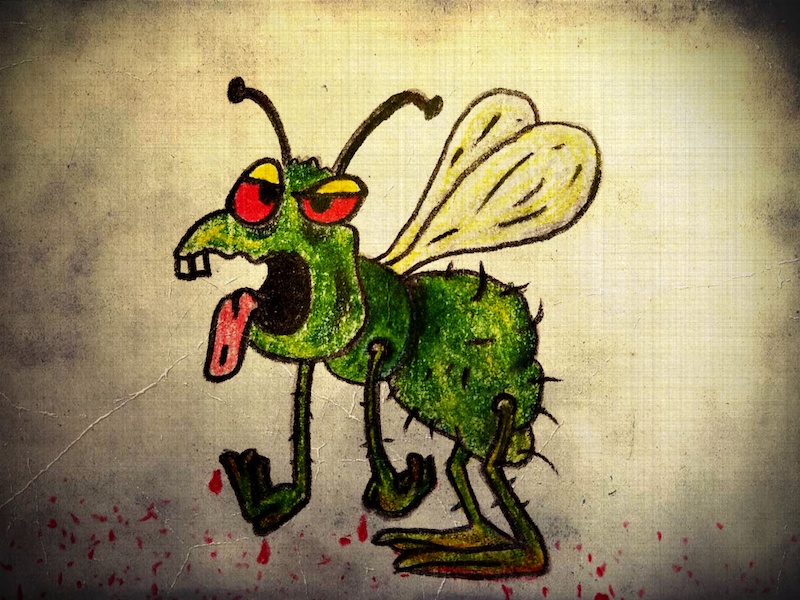
Crime Scene Expert Grant Greenfly
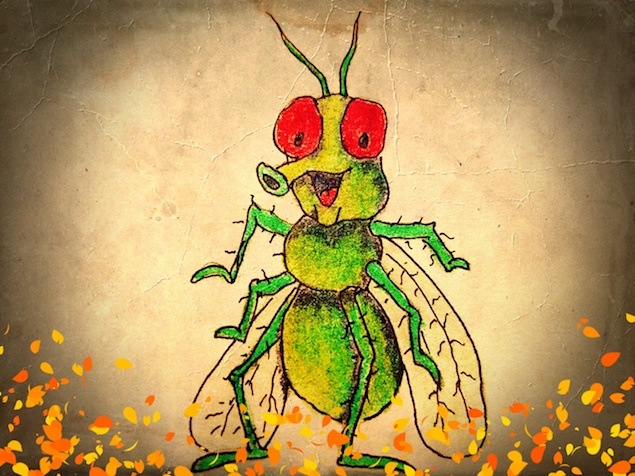
Crime Scene Expert Bobby Blowfly
Sergeant Sam Stinkfeet is a real pro at evidence collection and preservation.

Sergent Sam Stinkfeet
Hematology expert O. Positive, along with a rare visit by renowned scientist B. Negative, provided much-needed information about blood evidence.

Hematology experts O. Positive and B. Negative
Officer survival expert Fred Fish taught us of the dangers associated with tunnel vision.
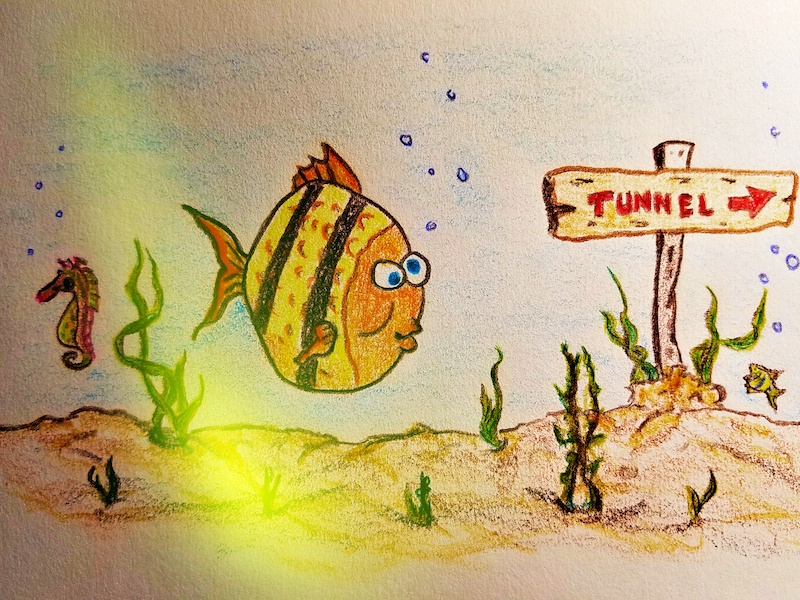
Fred Fish
The “Yelling Woman,” played by Laura Largelungs, is featured throughout the site as the person/witness who’s screaming nonstop … at crime scenes, he-said/she-saids, domestic calls, at, well, everywhere. She/he is the person who “loses it” no matter the situation. And they never fail to get in the way at every step.

Laura Largelungs screams, “Help, poleeeece!”
Larry Lipzipper – Miranda expert.

Larry Lipzipper rehearsing his lines. “You have the right to remain silent. Use it!”
The part of the villain is played by actor Carl Cockroach.

Carl Cockroach, in character.
Prison information provided by Calvin Convict.
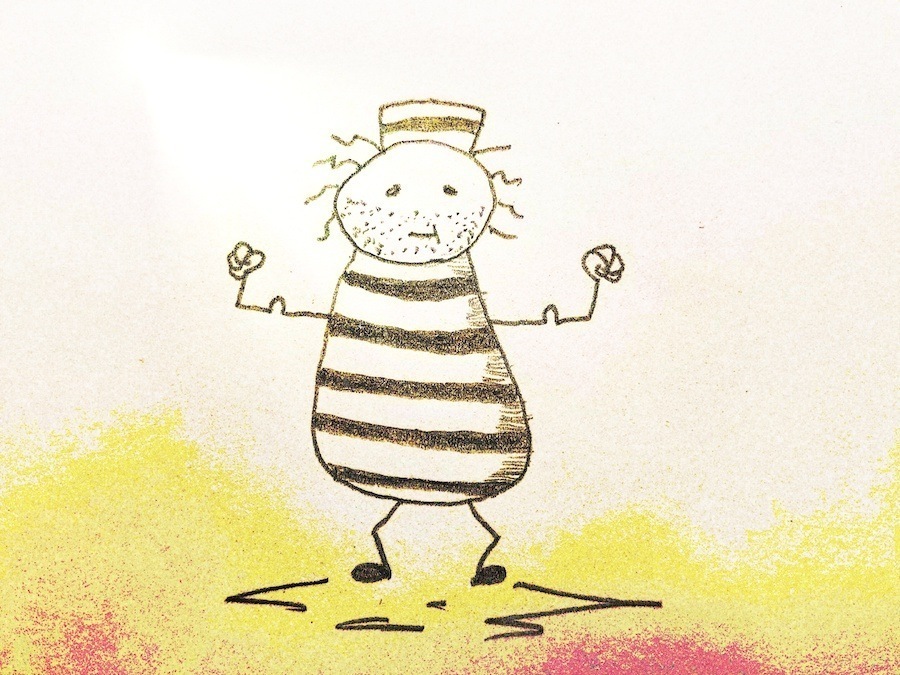
Calvin Convict
Weak Walter often describes the thought processes and actions of criminal suspects who enjoy fighting the police, but aren’t very good at it.

Weak Walter
Our staff of law experts, led by by Judge I. Have Power, are always on standby to weed through legal issues.
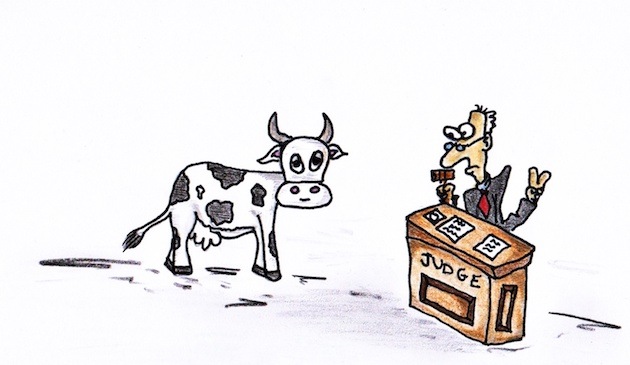
Judge I. Have Power
Howard Hacker, our cyber crimes expert, is on standby to answer all questions.

Cyber crimes expert Howard Hacker
As you can see, The Graveyard Shift is well-staffed by a slew of top experts. Without them we’d be just another blog.
Of course, there are many other experts who walk our hallways and occupy the offices of our elaborate compound. Unfortunately, there’s not enough time or space to showcase each of them today. And, there are many more characters experts on the way, and you’ll soon them and some of our regulars in places other than this blog. As they say … STAY TUNED!
MURDERCON
REGISTRATION IS OPEN!
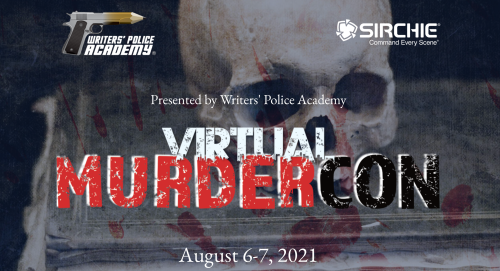
2021 MurderCon takes writers behind the scenes, into actual murder cases where you’ll learn intricate crime-solving details, including how creepy-crawling insects assist detectives.
To help add a special twist to your crime novels, one of the world’s leading forensic entomologists, DR. JASON H. BYRD, is scheduled to present a spectacular presentation called “Forensic Entomology: Utilizing Insects in Criminal Investigations.”
In this session you’ll learn how “Insects that inhabit human tissue in postmortem situations can play a valuable part in death investigations. You’ll also learn how experts use medicocriminal entomology to help determine time of death, establish the geographical location where a death likely occurred, link suspects to victims, and even offer a different source of toxicology and DNA evidence. is an entertaining and educational discussion of the history of homicidal poisoning from the days of early man, down to the present, with case discussions of real poisoners drawn from criminal history. Also discussed will be the psychology of the poisoner, and poisons used by writers in their fictional works.”
Other MurderCon classes include forensic botany, cold cases, active homicide investigations, fingerprinting difficult surfaces (wet, sticky, etc.), case studies of the FBI, and much more.
I strongly urge you to take advantage of this rare opportunity to learn details not typically available for non-law enforcement.
MurderCon is a “killer” event!
www.writerspoliceacademy.com
Seats at this unique event for writers are LIMITED!





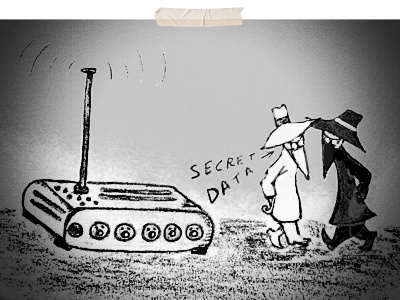










































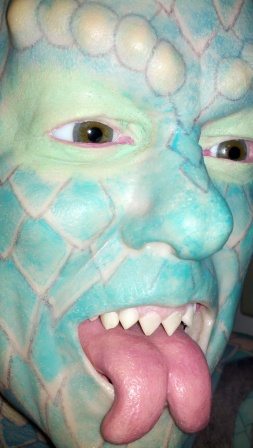 If the suspect is a green lizard-like man with horns, bumps under the skin where eyebrows should be, head to toe tattoos, and a forked tongue, then the good detective could possibly begin to build rapport by speaking about the silly Bugs Bunny tattoo he’d gotten on his right butt cheek after drinking one too many tequila shots the night of his twenty-first birthday. Doing so could be the ice-breaker needed to start the wagging of Mr. Lizard’s tongue.
If the suspect is a green lizard-like man with horns, bumps under the skin where eyebrows should be, head to toe tattoos, and a forked tongue, then the good detective could possibly begin to build rapport by speaking about the silly Bugs Bunny tattoo he’d gotten on his right butt cheek after drinking one too many tequila shots the night of his twenty-first birthday. Doing so could be the ice-breaker needed to start the wagging of Mr. Lizard’s tongue.
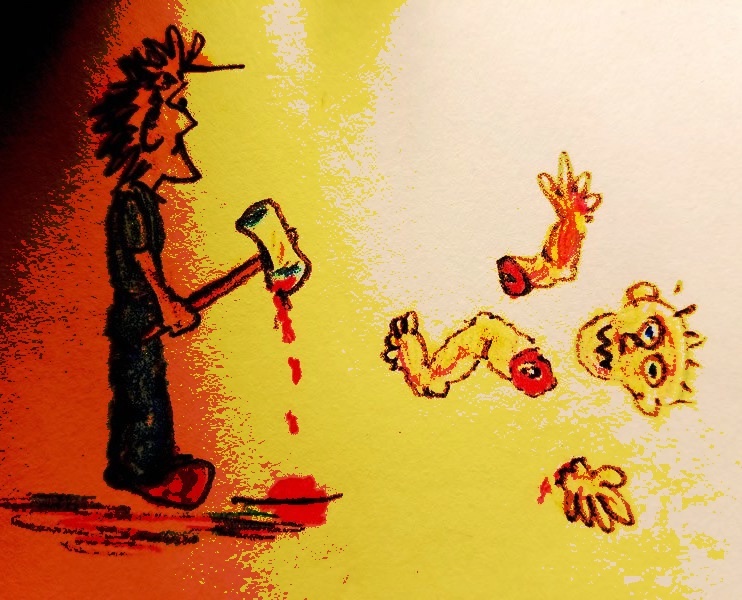

 So, try it for yourself. Have your characters “sit” in a chair across from you and then find that one big thing that defines them—the forked tongue or the candy bar and root beer. Then continue to question your “suspect” until you “know” them as a person. You’ll soon find that with each question comes another layer, until soon you have a very real but fictional character sitting across from you. Of course, you may want to do this when no one else is at home to avoid being carted off by the net-wielding folks who run Nervous Hospitals.
So, try it for yourself. Have your characters “sit” in a chair across from you and then find that one big thing that defines them—the forked tongue or the candy bar and root beer. Then continue to question your “suspect” until you “know” them as a person. You’ll soon find that with each question comes another layer, until soon you have a very real but fictional character sitting across from you. Of course, you may want to do this when no one else is at home to avoid being carted off by the net-wielding folks who run Nervous Hospitals.